Experts have discovered the remains of a city that may have been a political and cultural center in China, with pits containing large amounts of horse bones.
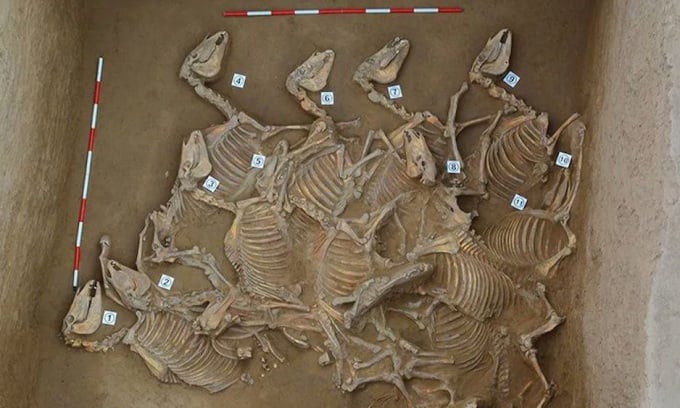
One of six horse sacrificial pits excavated at Yaoheyuan, northwestern China. Photo: Kai Bai/Antiquity Publications Ltd
The newly discovered city, called Yaoheyuan, was once surrounded by walls and existed since the Bronze Age, Live Science reported on October 31. It was a thriving political and cultural center during the Western Zhou Dynasty, a period in Chinese history that lasted from 1045 to 771 BC.
Yaoheyuan is located at the foot of Mount Liupan in northwestern China. Although other Bronze Age sites are scattered in the area, archaeologists believe Yaoheyuan may have been the center based on the size and variety of structures unearthed.
Human and animal sacrifice was a common practice at Yaoheyuan, as the team found several graves containing dismembered human bones, as well as horses, cows, goats, sheep, chickens, dogs, and rabbits buried with them. Notably, they discovered six sacrificial pits containing horse bones stacked in layers, some of which were broken into pieces, suggesting that their legs were likely chopped off before being thrown in. There were 120 horses in total, including some calves.
"The consumption of horses and the sacrificial burial pits not only demonstrate the wealth and status of Yaoheyuan, but also indicate the abundance of horses in this area. Horses were one of the most important resources in northwest China during the Western Zhou Dynasty," the team wrote. In addition, the scientists unearthed many scattered artifacts such as ceramic molds, stone and jade objects, lacquerware, celadon vases, and bones engraved with more than 150 hieroglyphs.
To date, there has been little research focused on the Western Zhou. Further research is needed to better understand Yaoheyuan's location during this period and its relationship to other parts of China. "The new findings provide important evidence for examining the political and cultural context of northwestern China and reassessing the relationship between the core and its surrounding areas during the Late Bronze Age," the team wrote.
Thu Thao (According to Live Science )
Source link



![[Photo] Looking back at the impressive moments of the Vietnamese rescue team in Myanmar](https://vstatic.vietnam.vn/vietnam/resource/IMAGE/2025/4/11/5623ca902a934e19b604c718265249d0)


![[Photo] "Beauties" participate in the parade rehearsal at Bien Hoa airport](https://vstatic.vietnam.vn/vietnam/resource/IMAGE/2025/4/11/155502af3384431e918de0e2e585d13a)



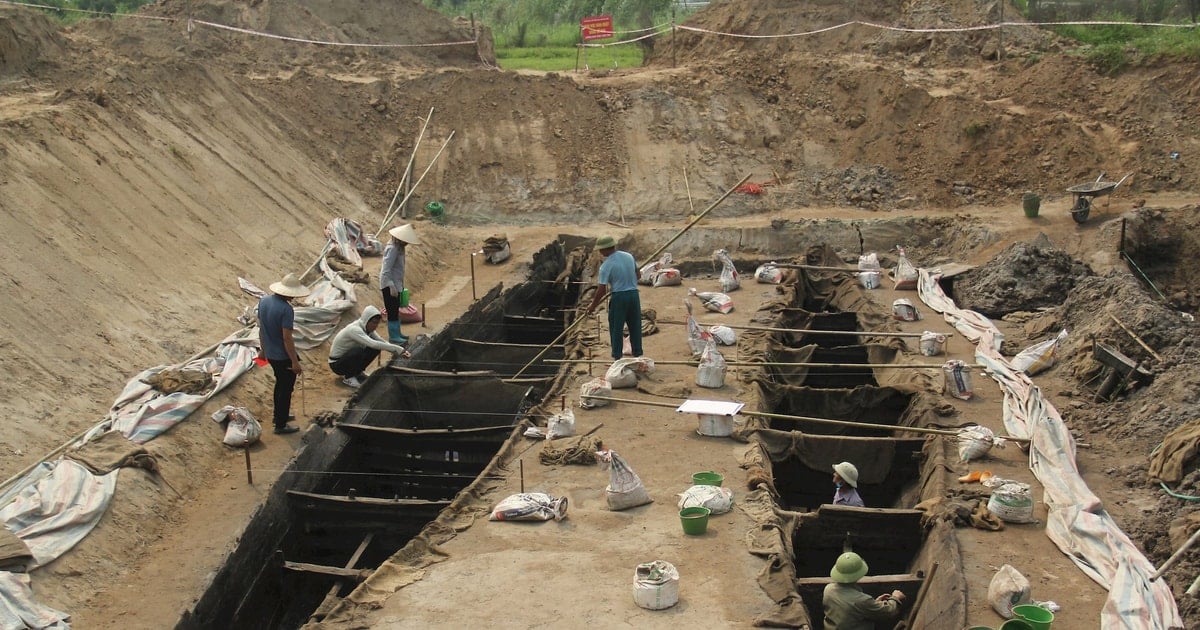

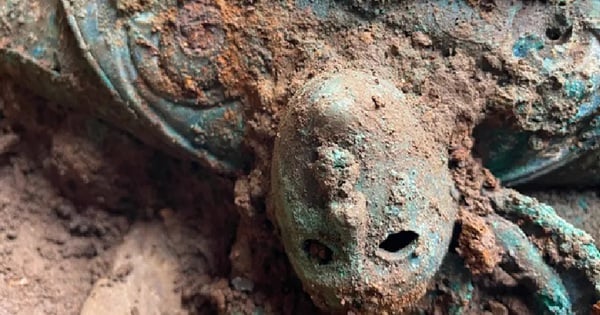

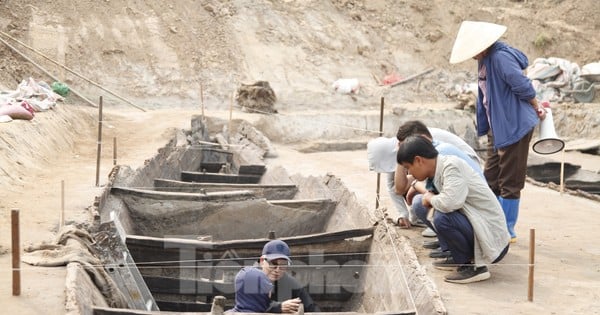


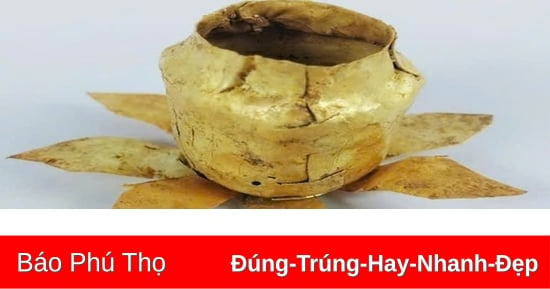


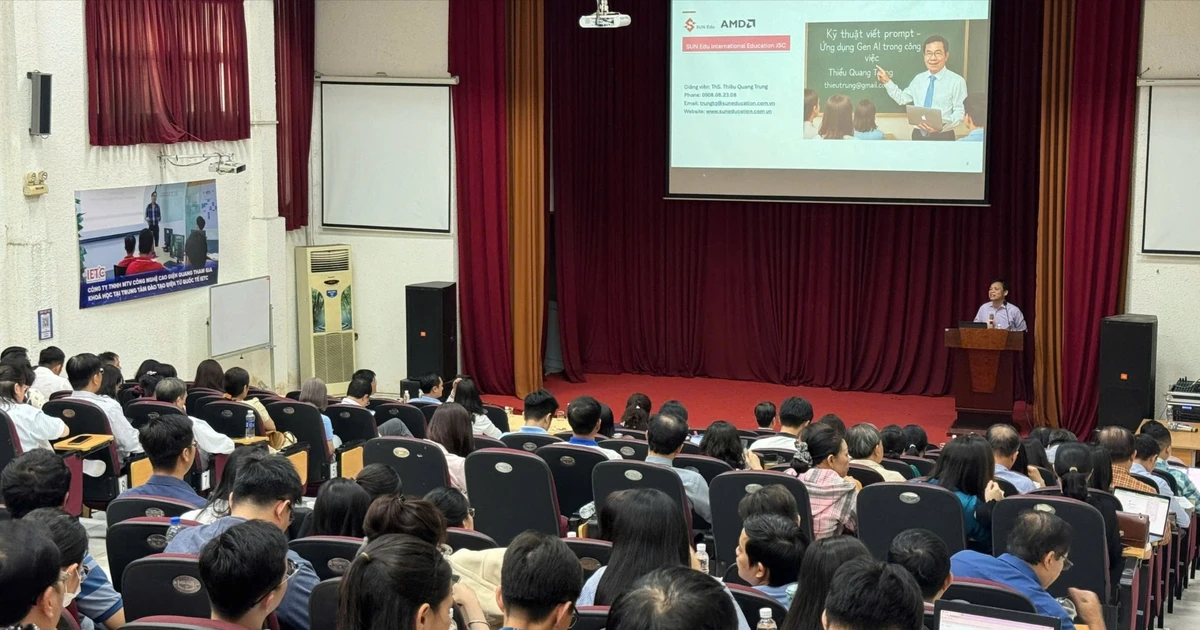
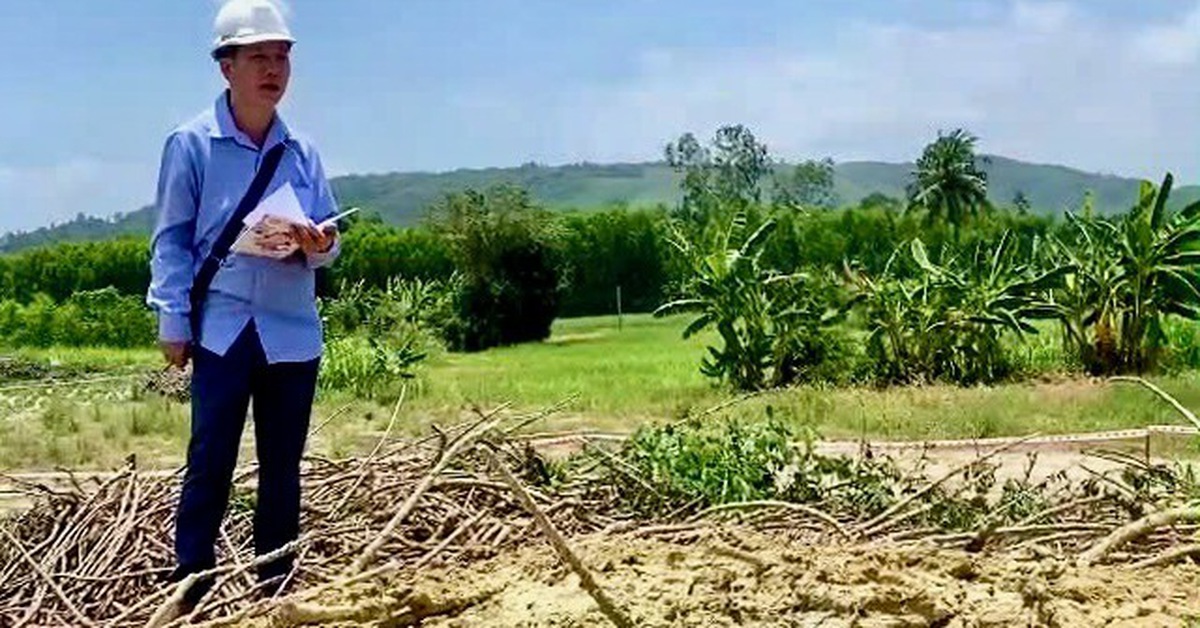

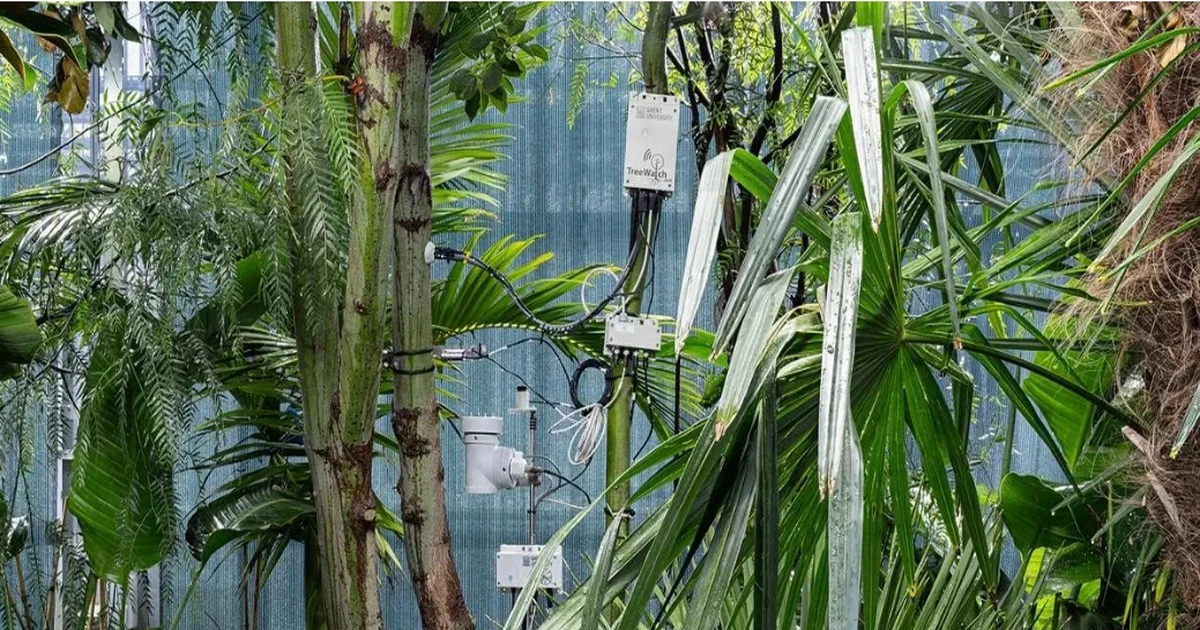








![[Photo] Summary of parade practice in preparation for the April 30th celebration](https://vstatic.vietnam.vn/vietnam/resource/IMAGE/2025/4/11/78cfee0f2cc045b387ff1a4362b5950f)









































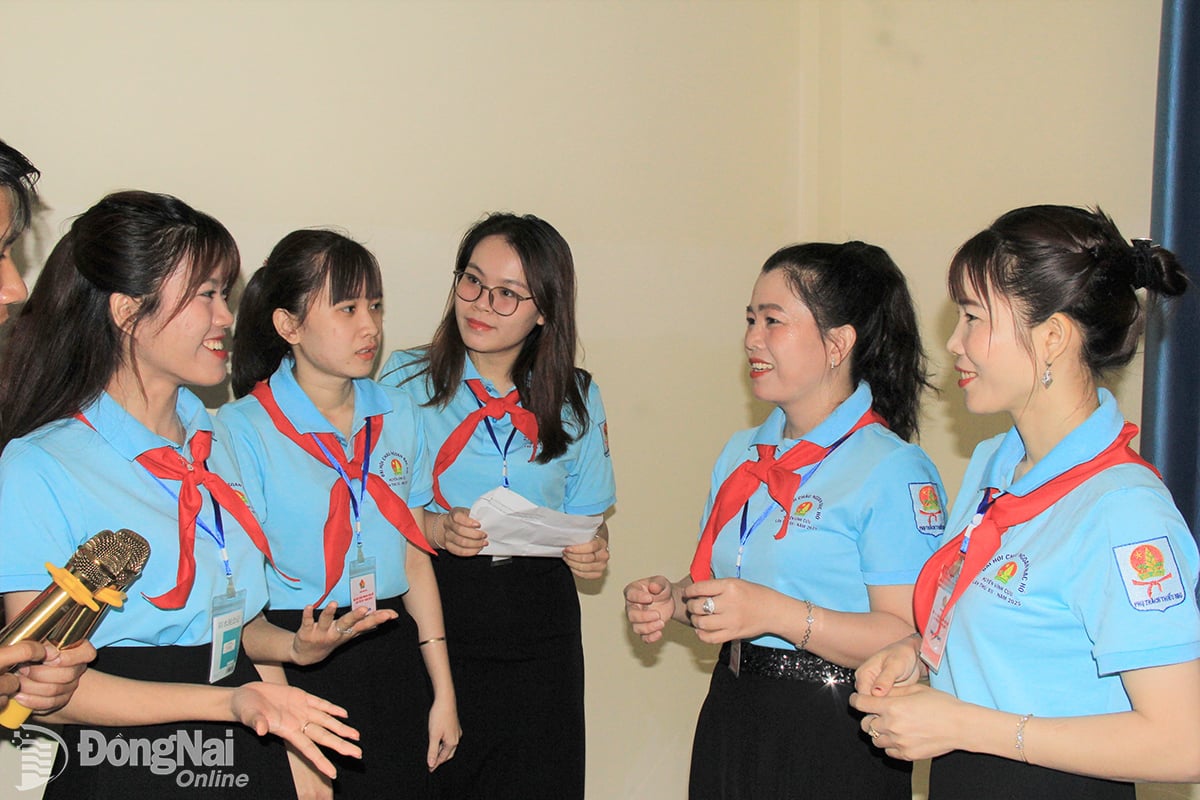




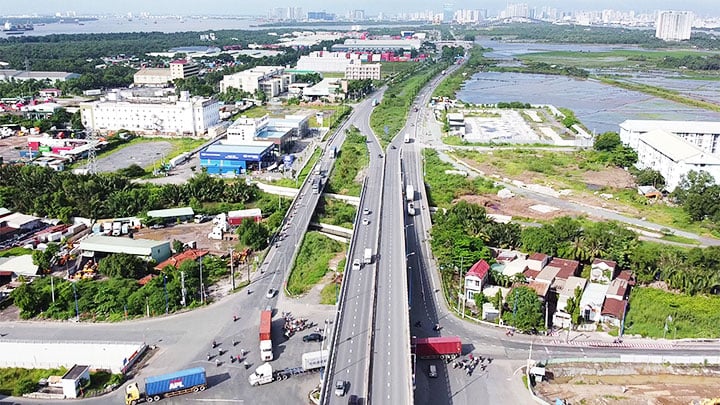
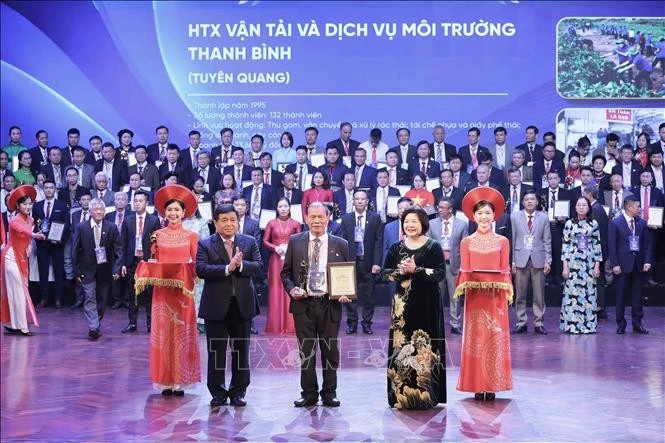












Comment (0)